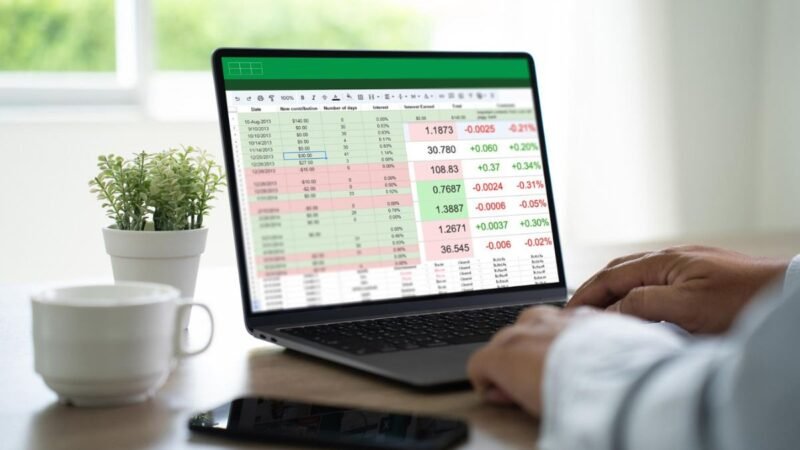An Introduction to Predictive Analysis and Its Importance for Cross and Upselling

One of the main goals of your business is increasing sales and revenues. You can only do that by attracting potential customers and successfully converting them. However, that is conditional on building robust and sustained customer relationships.
Without sustained customer relationships, a company’s customers will not keep returning to their business or making repeated purchases. But here’s the problem: how exactly can an organization determine whether a client is interested in their services or not?
Fortunately, there’s something called predictive analysis, which lets one know in advance what to expect from the client. Websites like https://www.pecan.ai/resource/conversions-predictive-cross-upsell/ specialize in predictive analysis, a branch of advanced analytics that allows you to use customer data to study their past buying behavior.
This method is extremely useful in cross-selling (offering the client complimentary buyer items) and upselling (giving the customer an enhanced version of their existing product).
But how does the process work, and how can this method help with the two strategies mentioned above? Which industries is it beneficial for? Continue reading to find out these and other related details.
Why do you need predictive analysis software?
Clients who buy products or services from your company leave some data behind. Over time, the amount of data grows tremendously because of the increased number of customers.
You can gather customers’ data from the experience management platform, customer relationship management (CRM), enterprise resource planning (ERP), etc. You can also include factors influencing customers’ decisions like weather, demographic details, public health trends, etc.
Human minds, even the best ones, cannot process such enormous amounts of data successfully. In contrast, artificial intelligence (AI) can predict significant patterns and actionable information by studying that information.
How does it work?
A predictive analysis software takes the help of mathematical models to identify patterns in datasets that humans can’t. The objective is to find recurring patterns, frequency, and connections with specific customers.
The software uses a historical approach to identify subtle patterns that humans would find impossible to do. For example, it helps you identify the customers with the highest chances of upselling based on their past buying habits.
In which industries is it useful?
Some industries which benefit immensely from the predictive analysis are retail, mobile apps, financial services, insurance, and consumer services. Take the insurance industry, for example.
Insurance companies use predictive technology to identify claims that carry the potential of becoming high cut losses in the future. Using the software, they search for past claims and notify the claim specialists when there’s a chance of them occurring.
Insurers can also use data to identify those factors that affect the outcome of claims. It reduces the risks involved in the process and shortens its time, which usually extends to weeks and months.
How to choose software?
Several types of predictive software are available in the market, so it’s essential to do adequate research before buying one. For example, you could choose one that focuses on propensity modeling for cross-selling and upsell conversion.
In the propensity model, the software examines a single row of data (representing a single customer), which it processes through complex mathematical processes. The result is a prediction of a class, whether you can convert the client with a cross-sell/upsell offer or not.
Attracting customers and increasing revenues is difficult unless you offer them the services they want. Hire an authentic technical organization from the Internet to understand the importance of predictive analytics software and how it can benefit your business.
Also Read: Highly Important On-page SEO Factors


